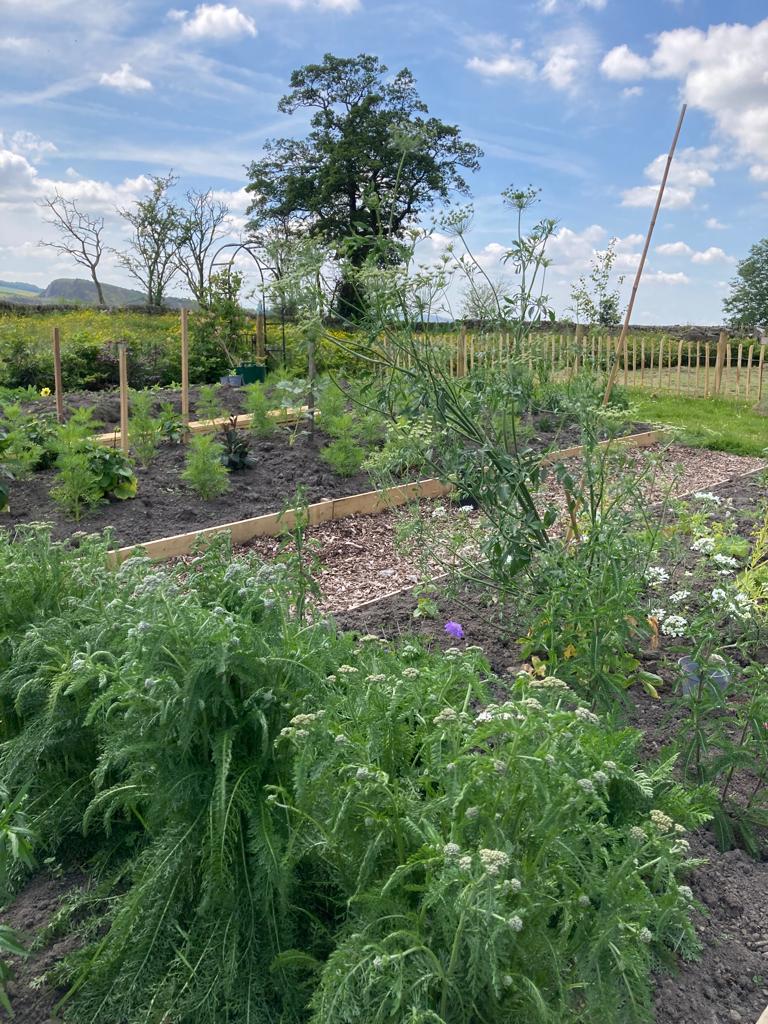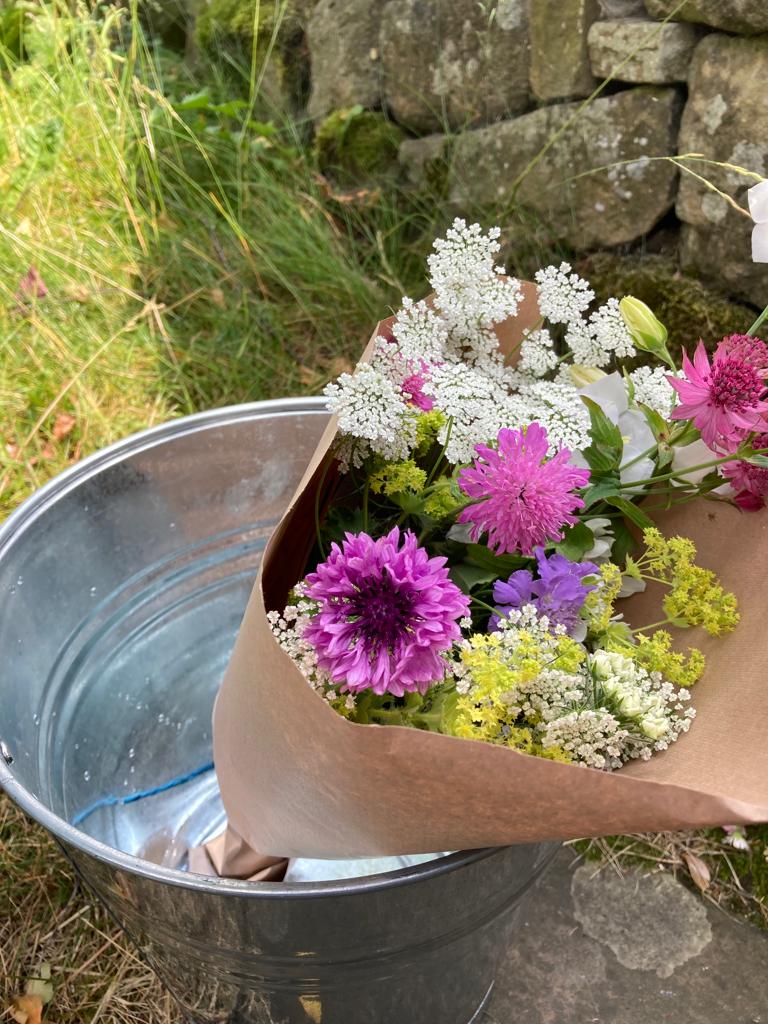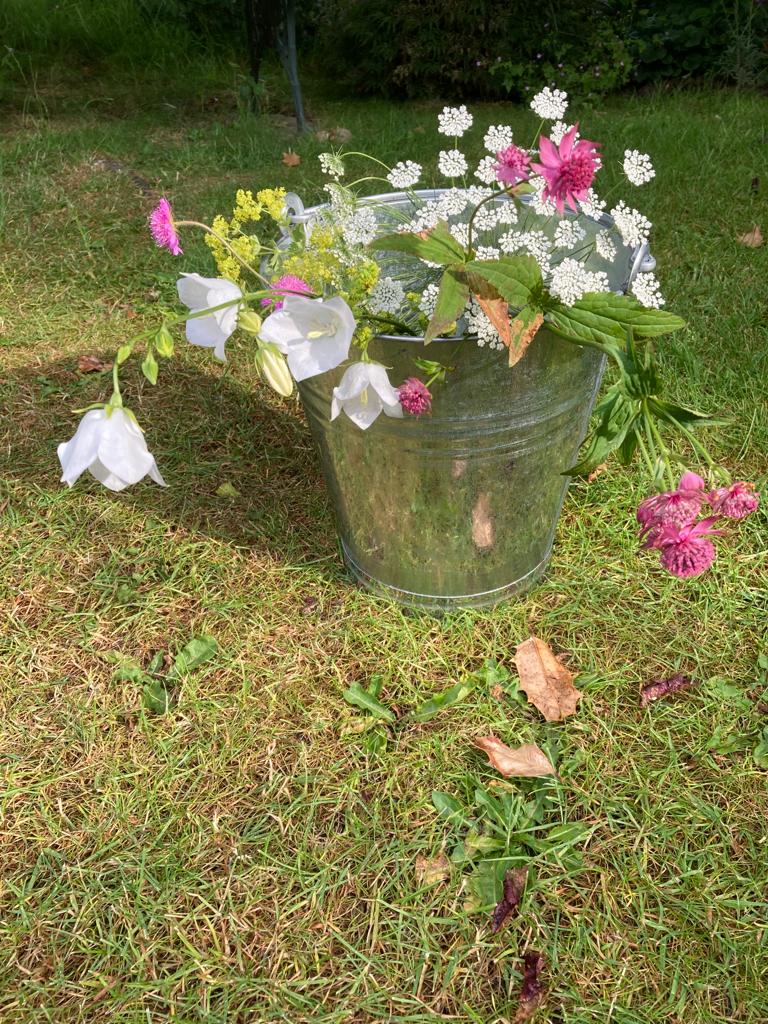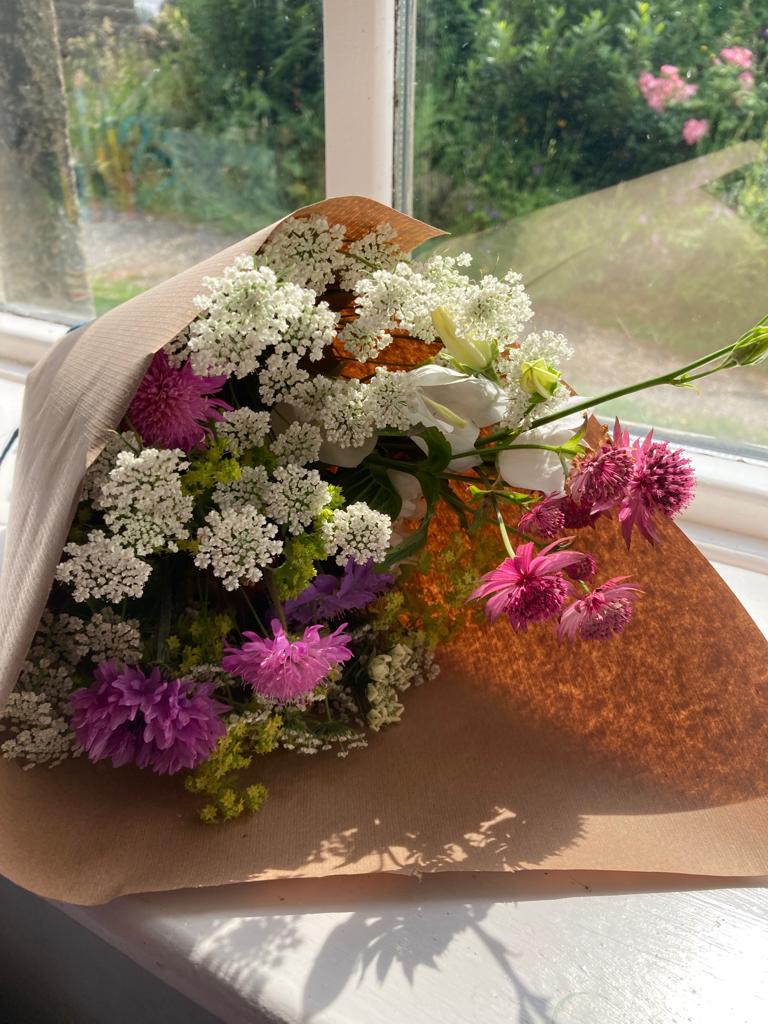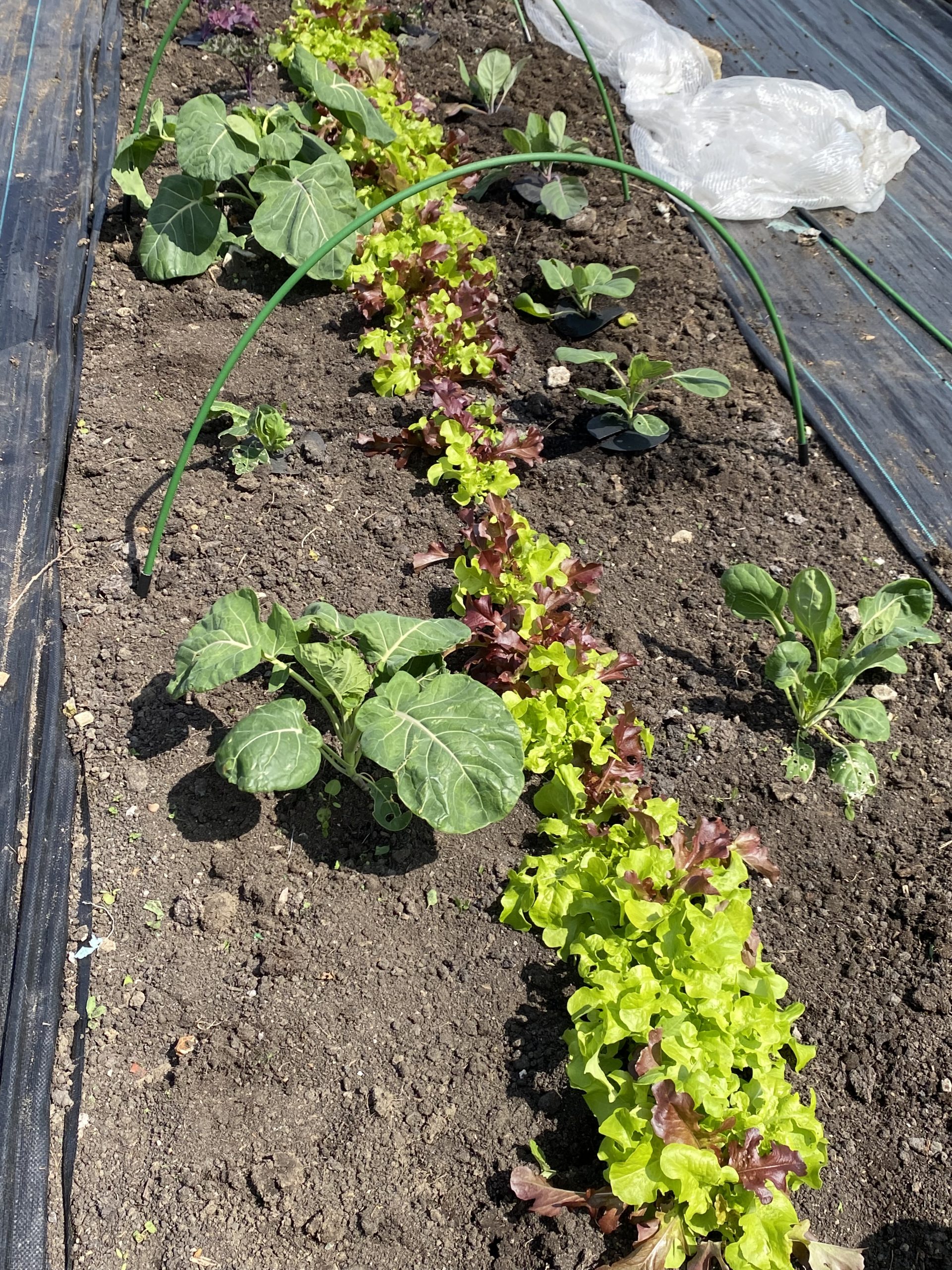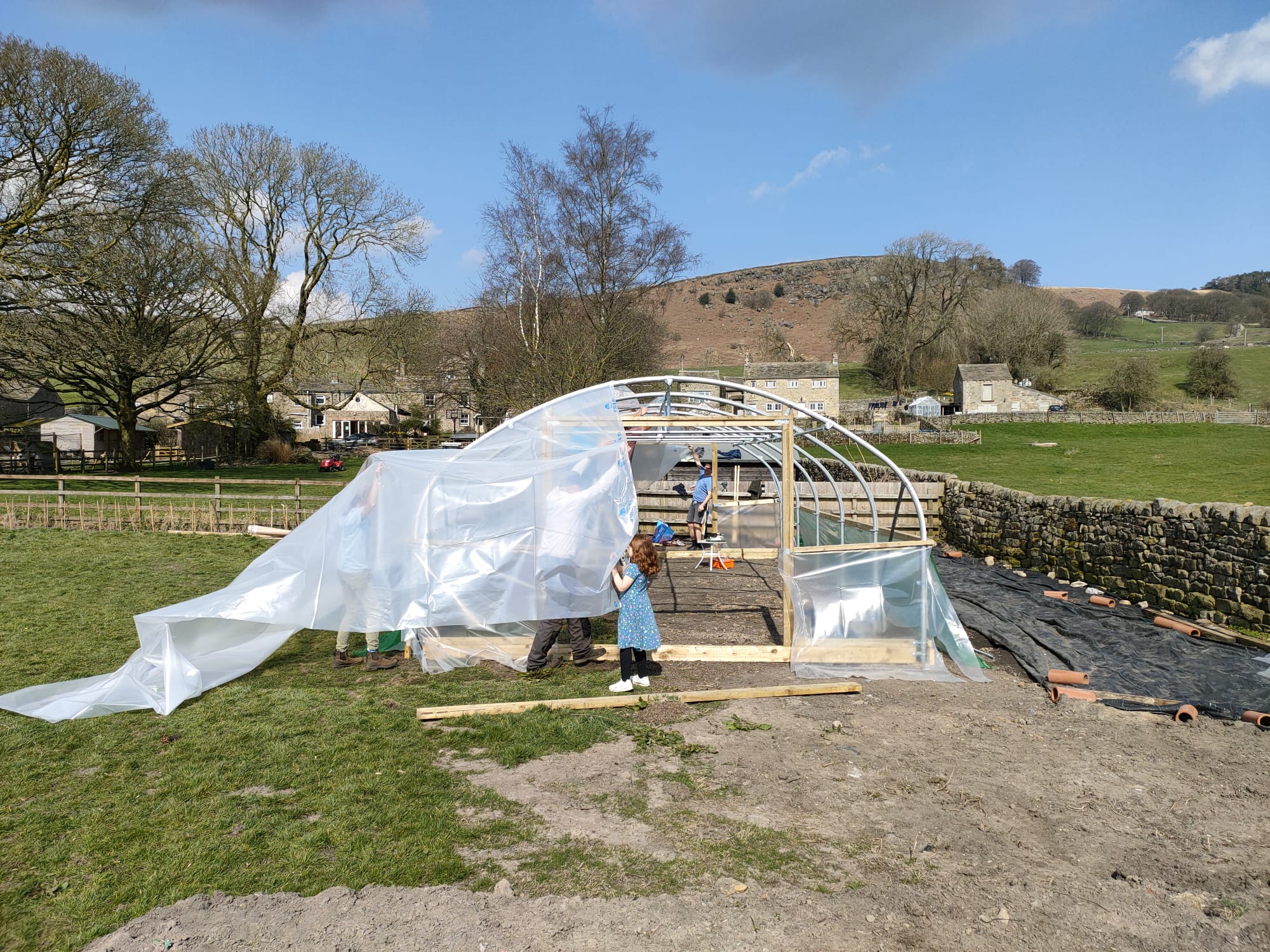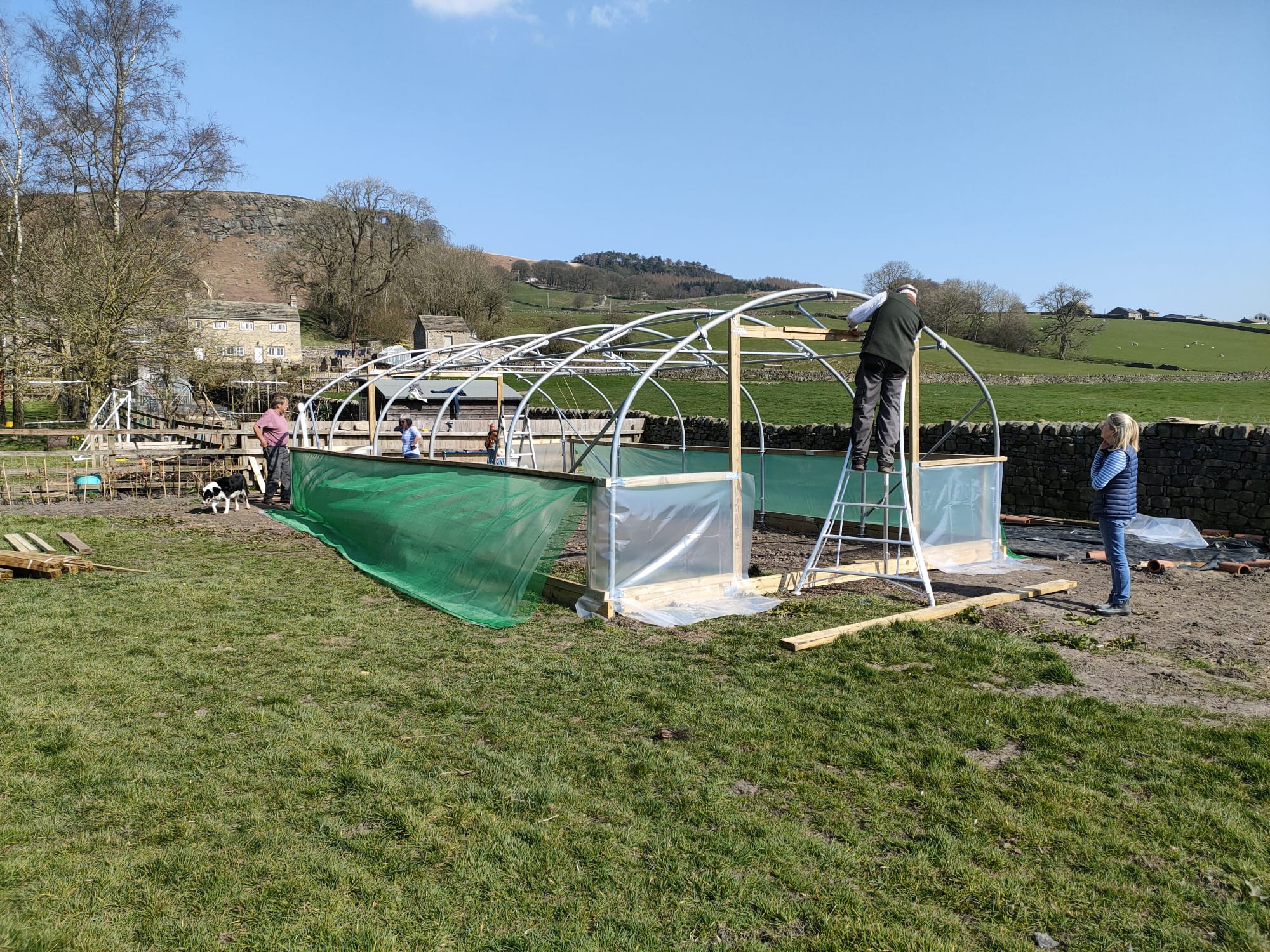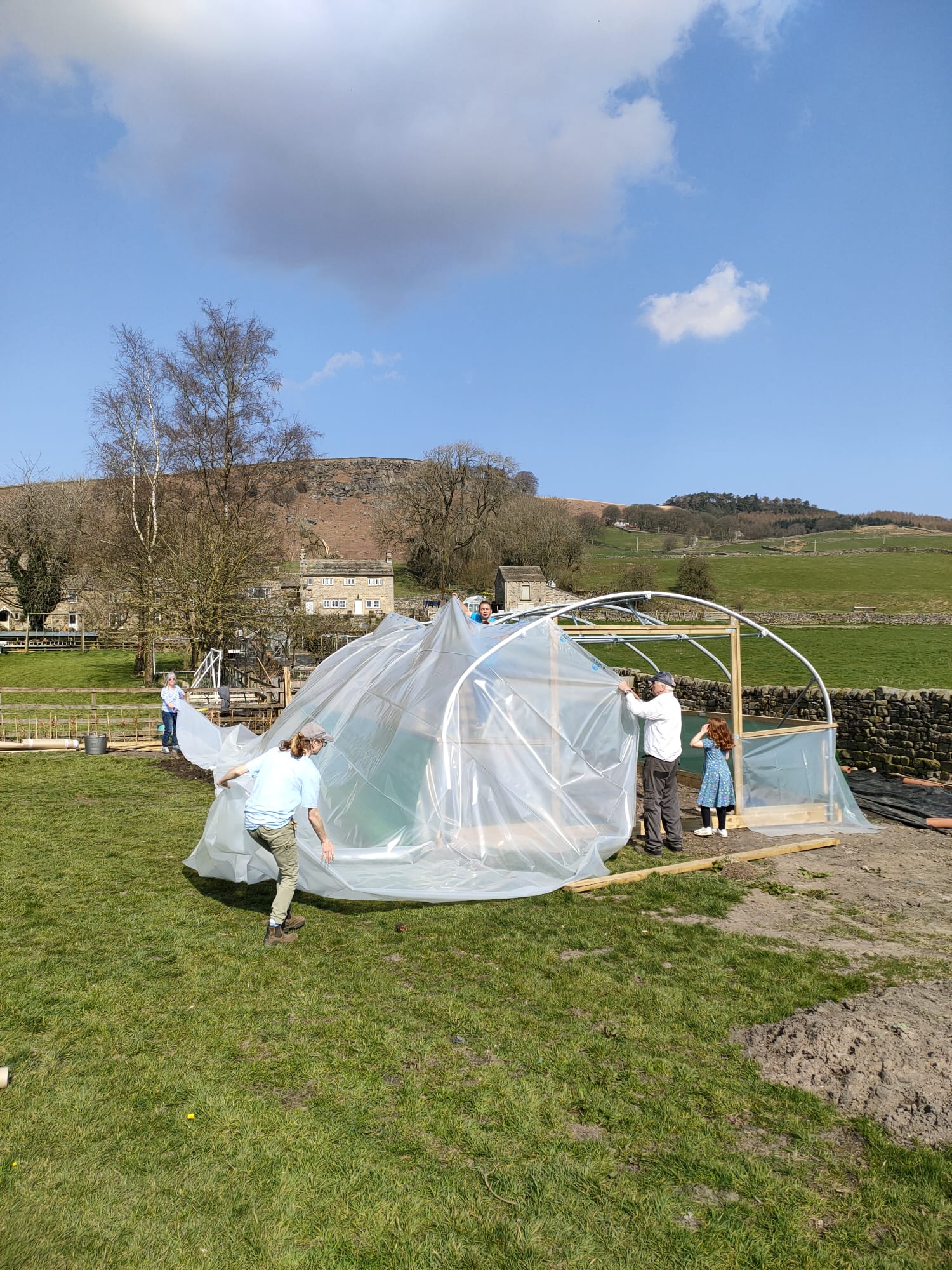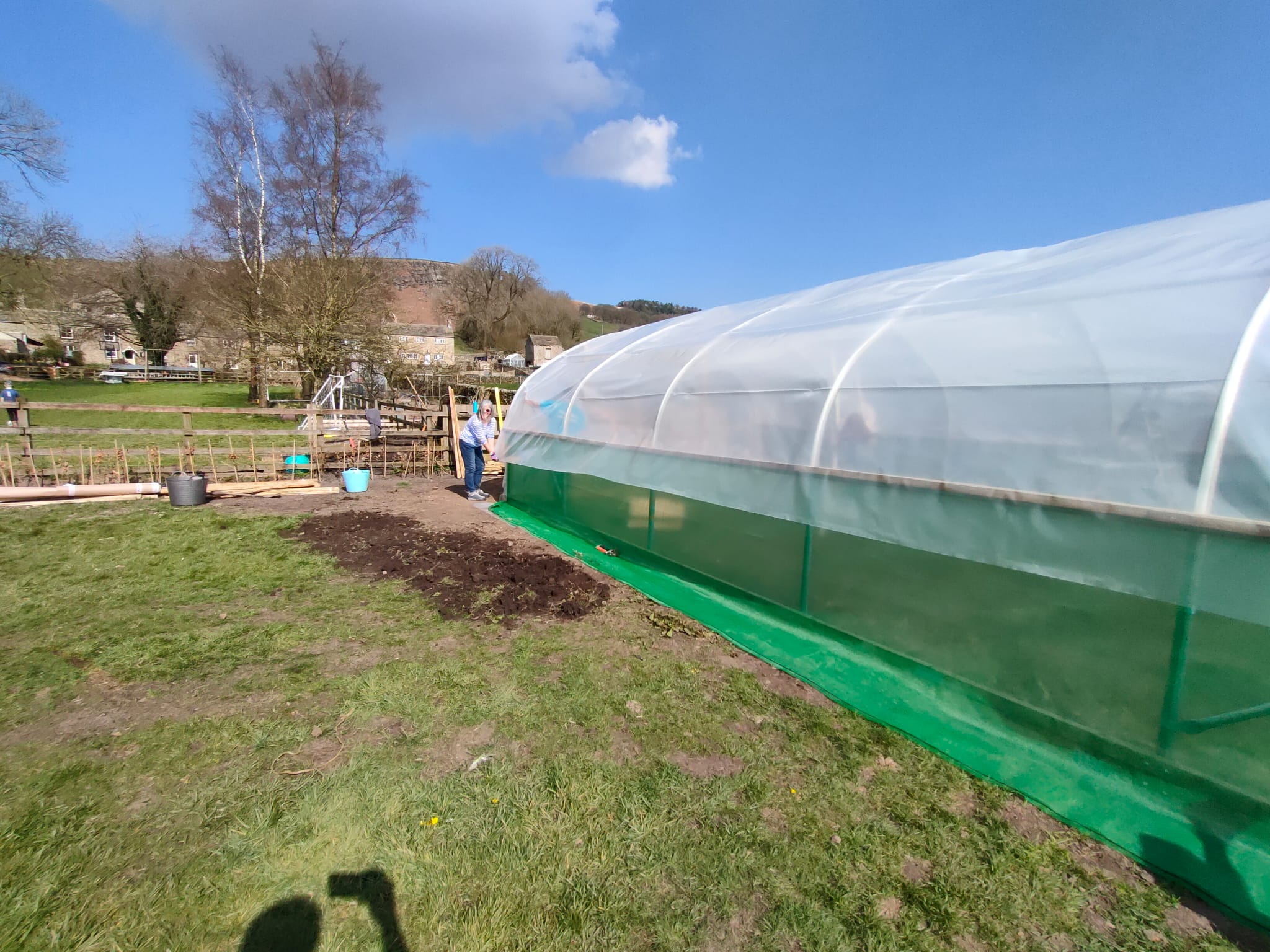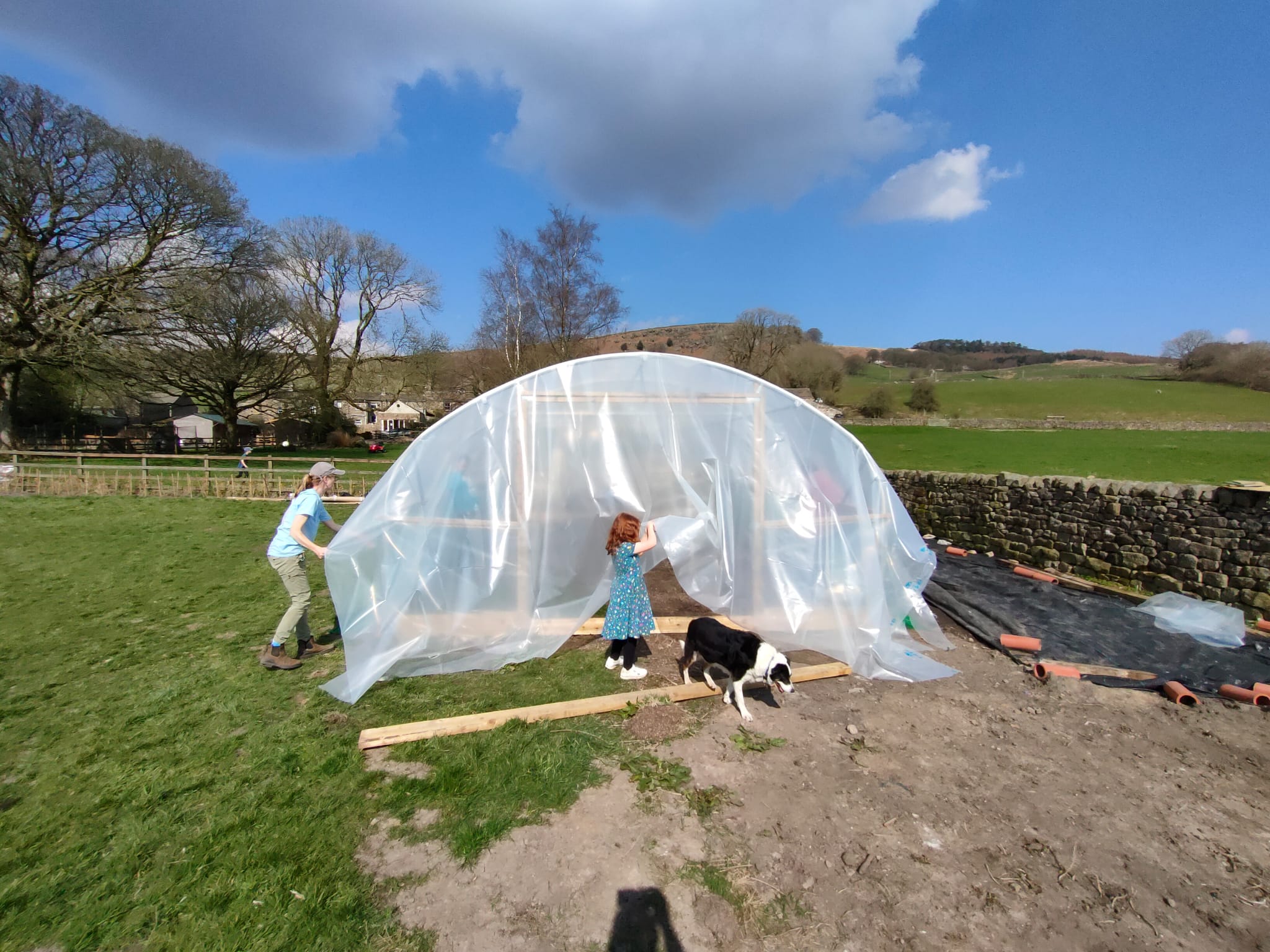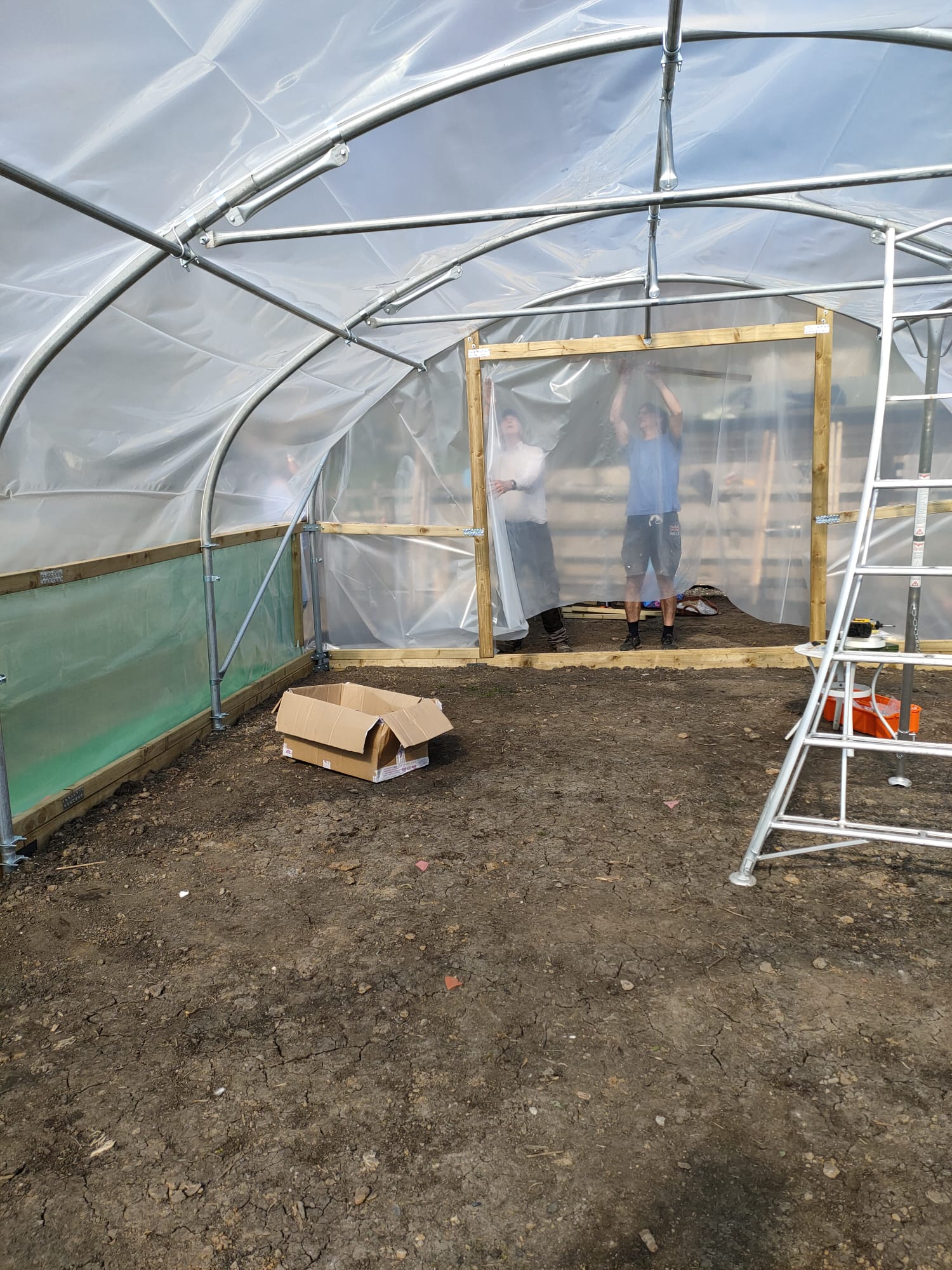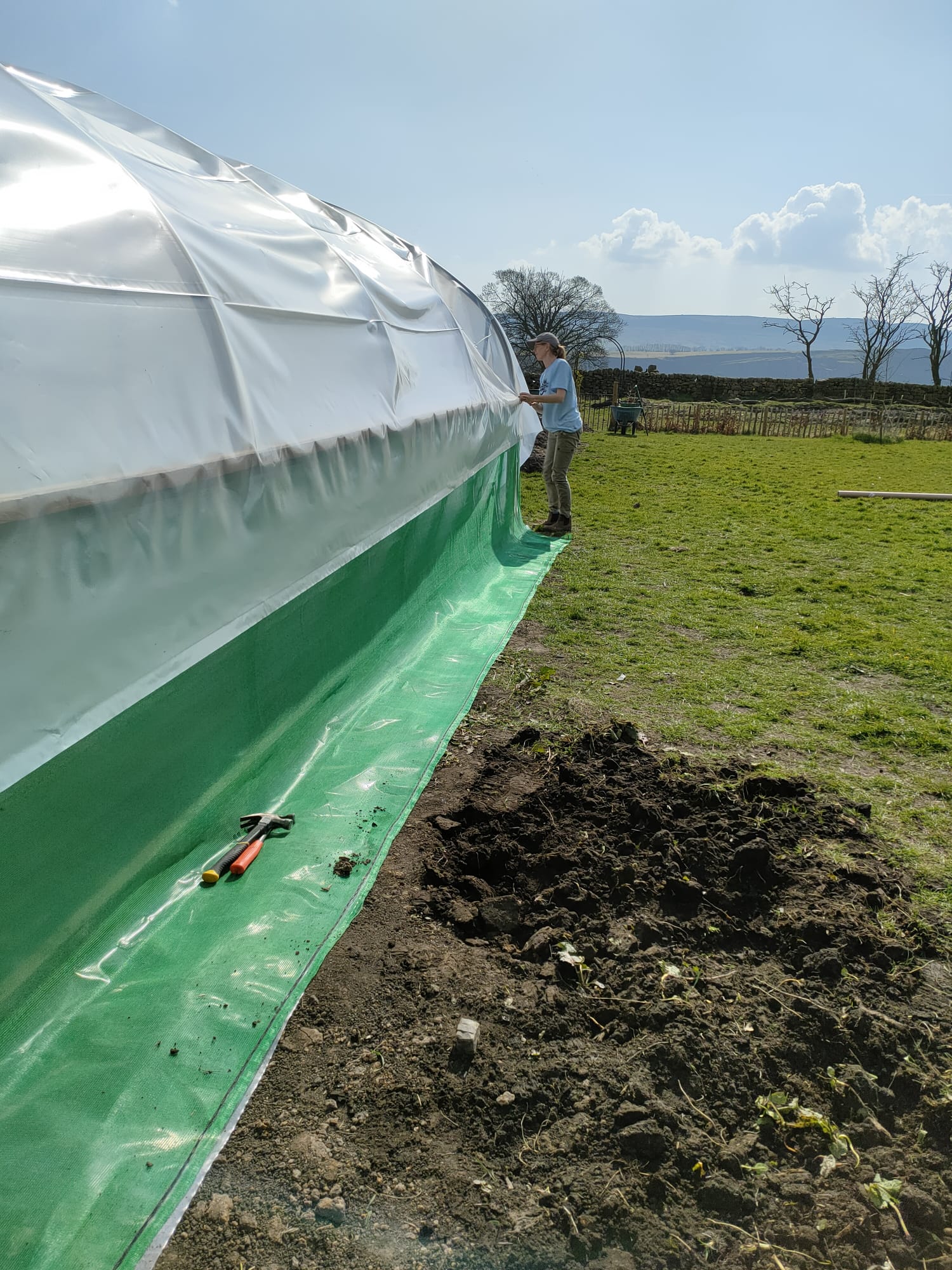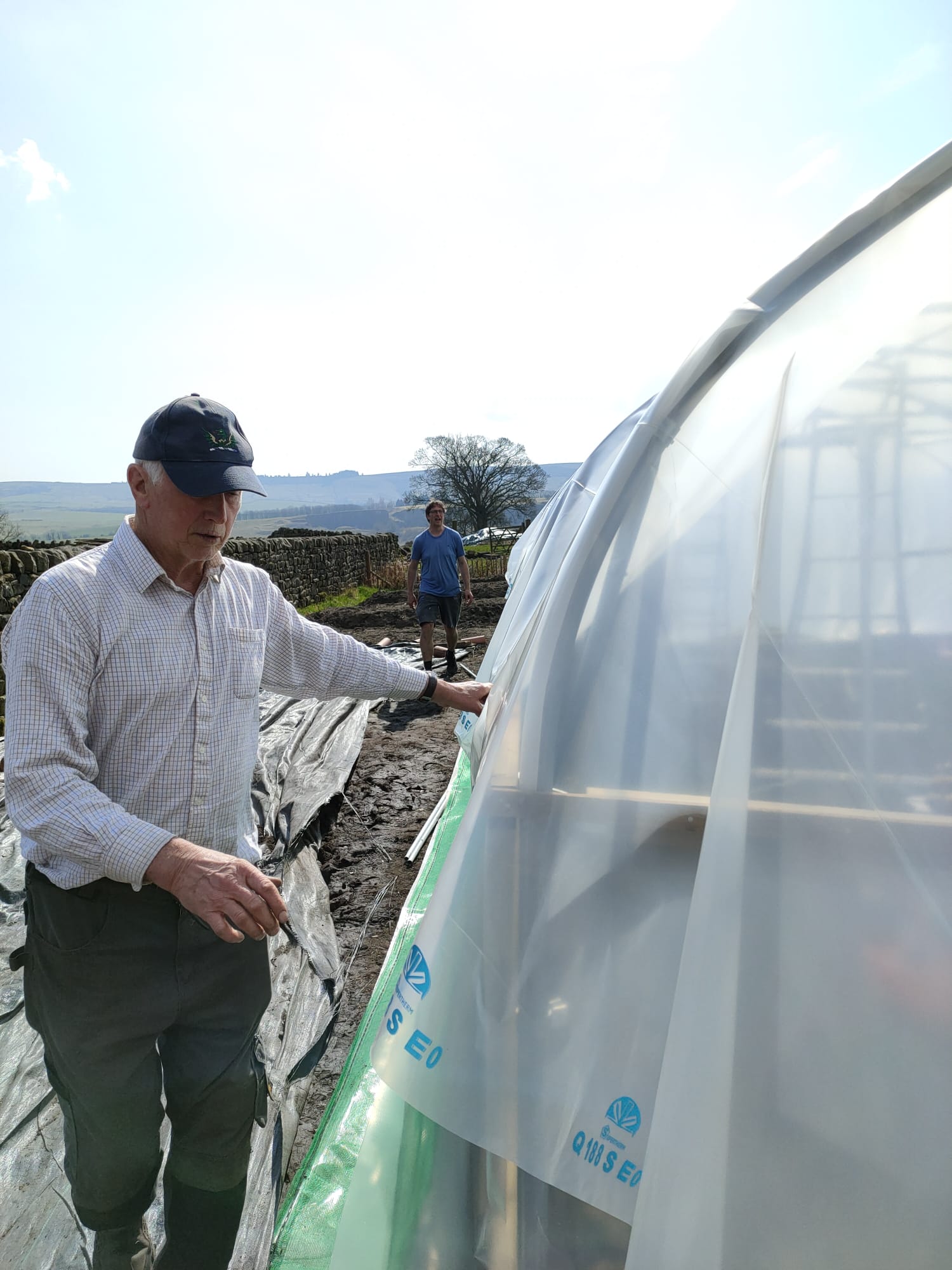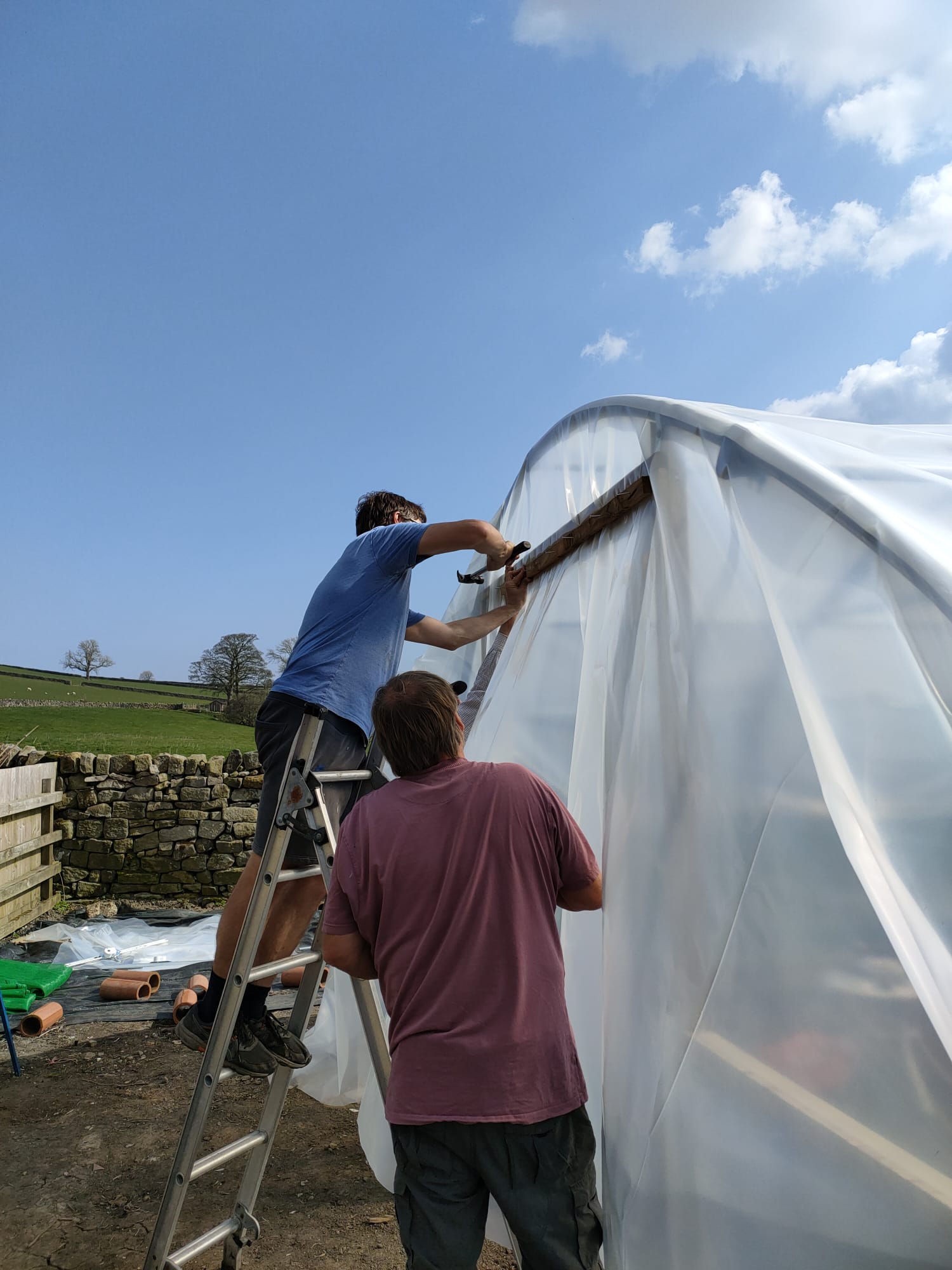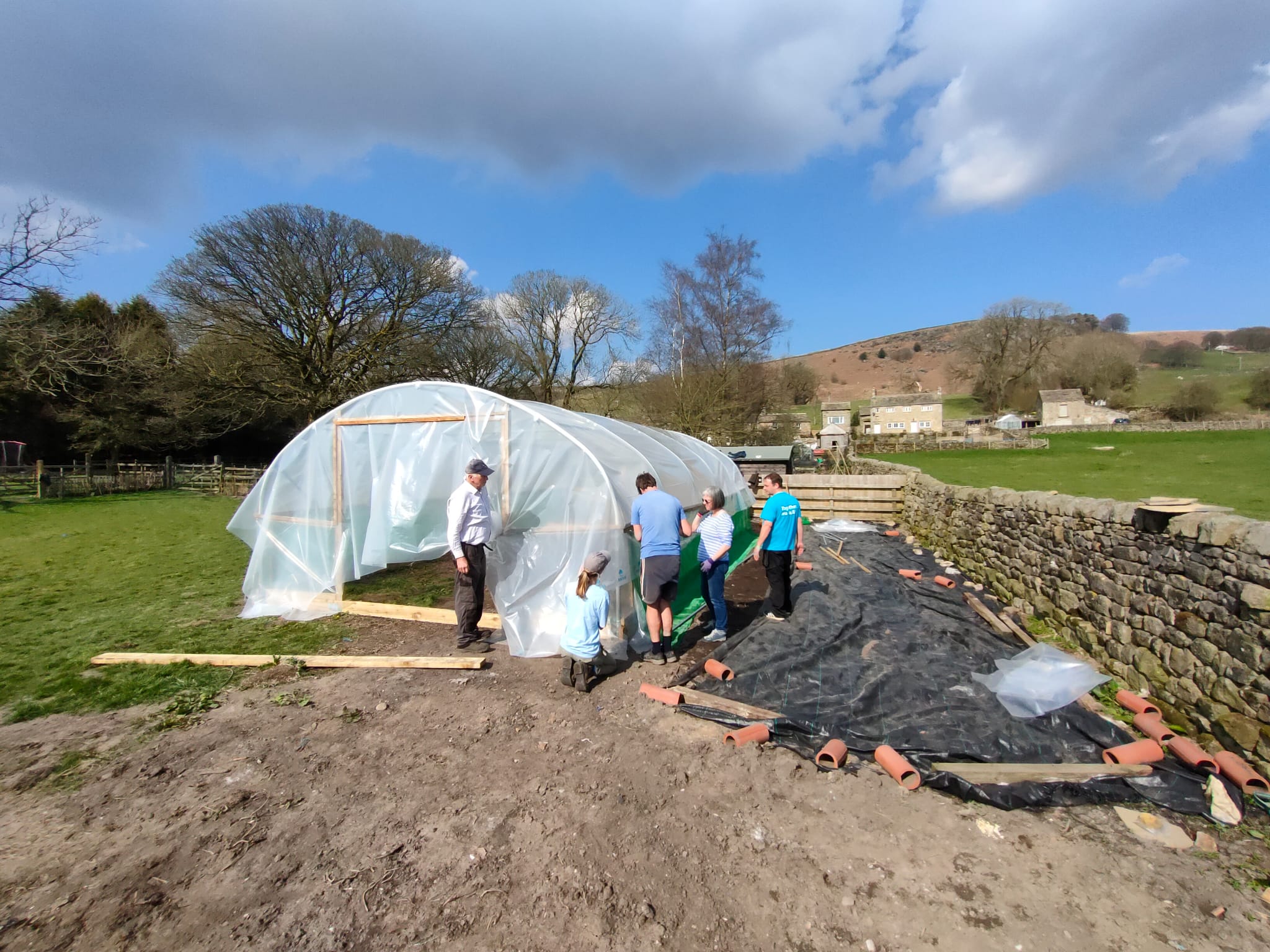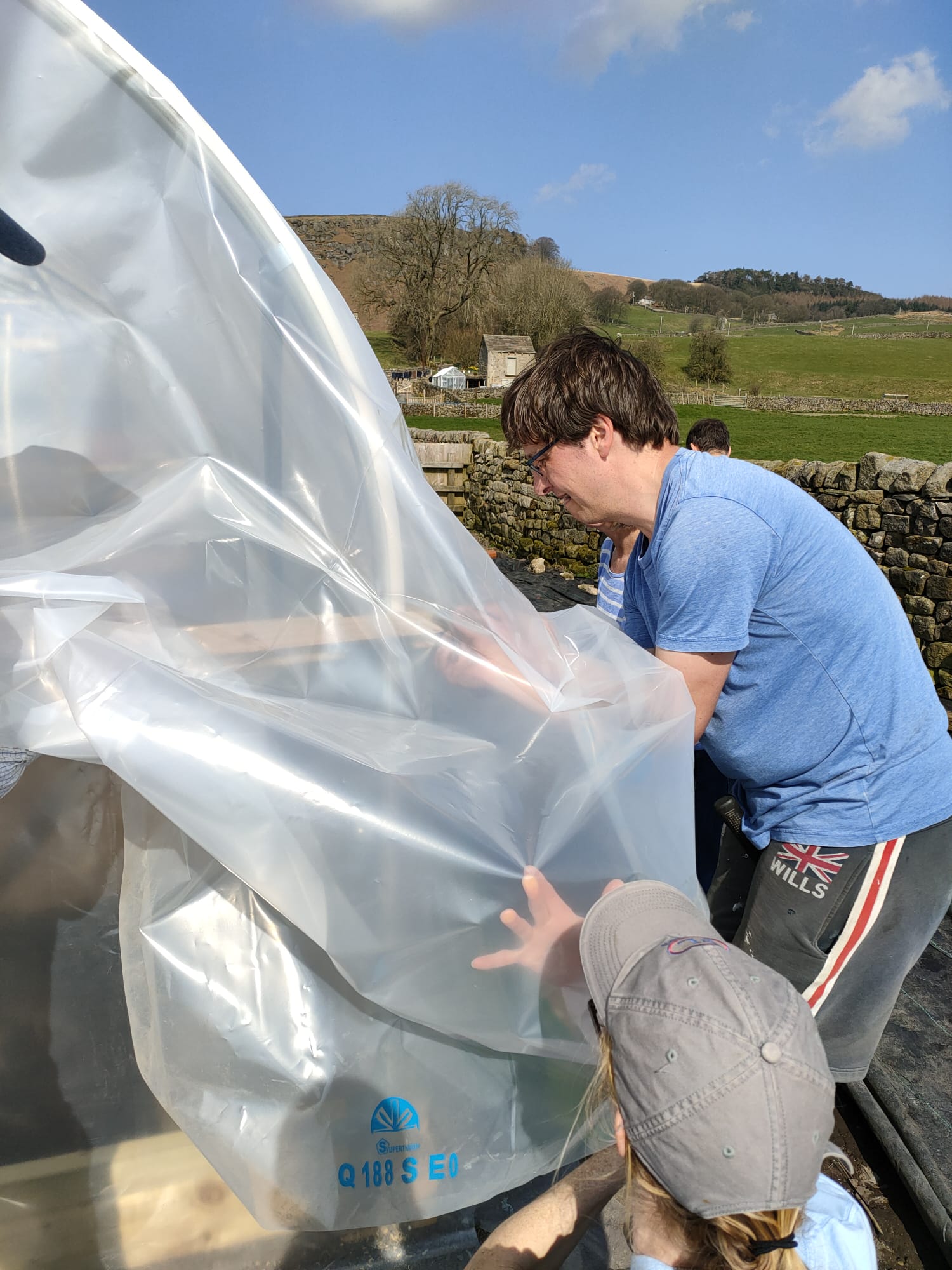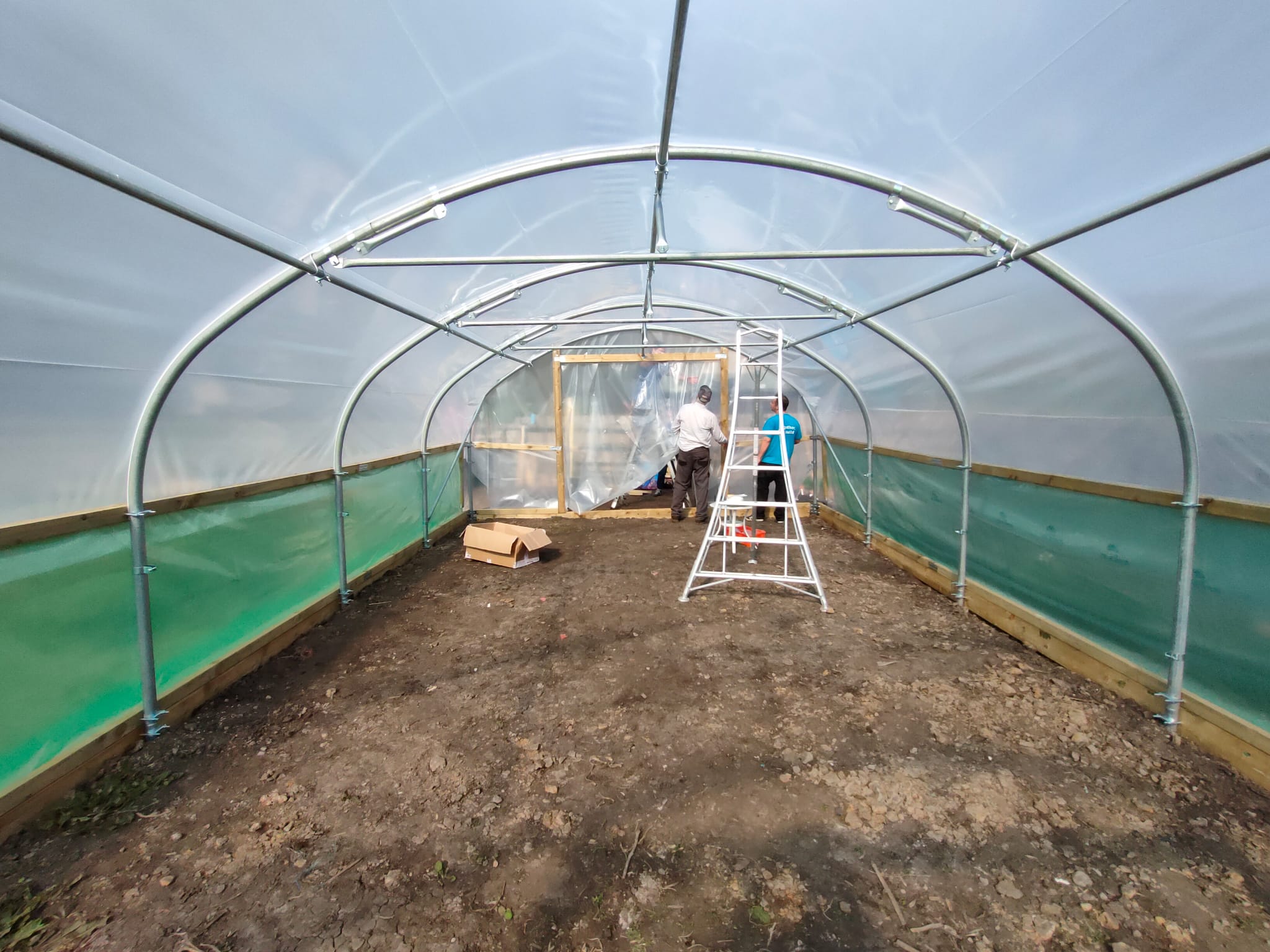The Tale of the baby tawny owl
Seth, and his beady bird eye, spotted something in one of the nearby trees. After much excitement, the ball off fluff, it became apparent, was actually a baby tawny owl. Visitors came and went as it perched there, calling to mum. A few days passed, and we found it nesting in a few other trees, including the silver birch by the veg patch. All seemed well….


Another few days passed by, and the friendly owl began to make more noise – again, calling mum to come and feed it. It got braver as it decided to come down to a lower level. It spent a whole day on our fence, allowing people to walk past with nothing more than a silent twist of the head.

We called a bird specialist at the YDMT who advised that the owls, upon first leaving their nest, do something called ’branching’ and in all likelihood, it might have fallen and then struggled to get back up. It can definitely fly though, as I found it amongst my brassicas this morning, in the middle of my veg patch!

We will keep a watch out and keep you updated….
